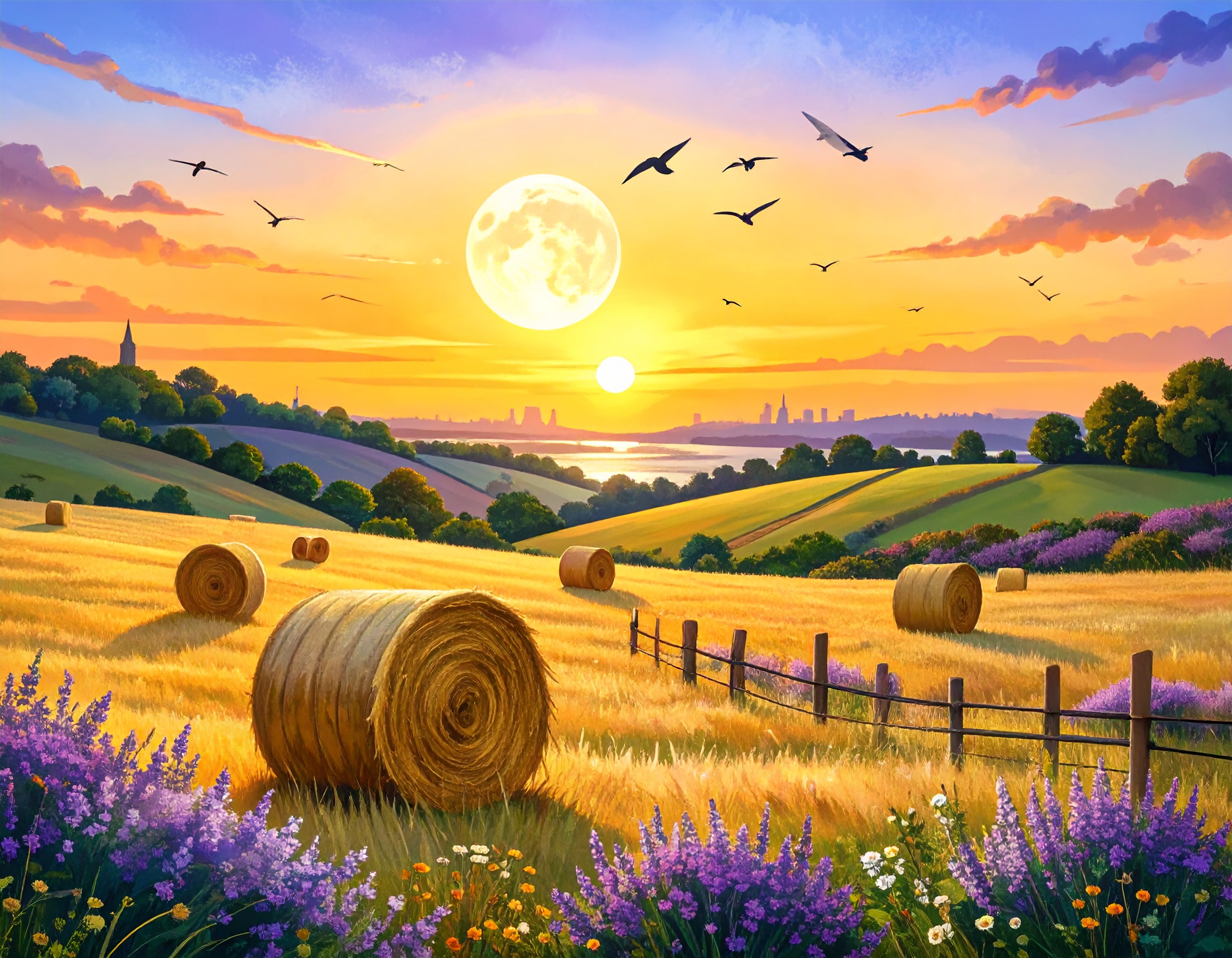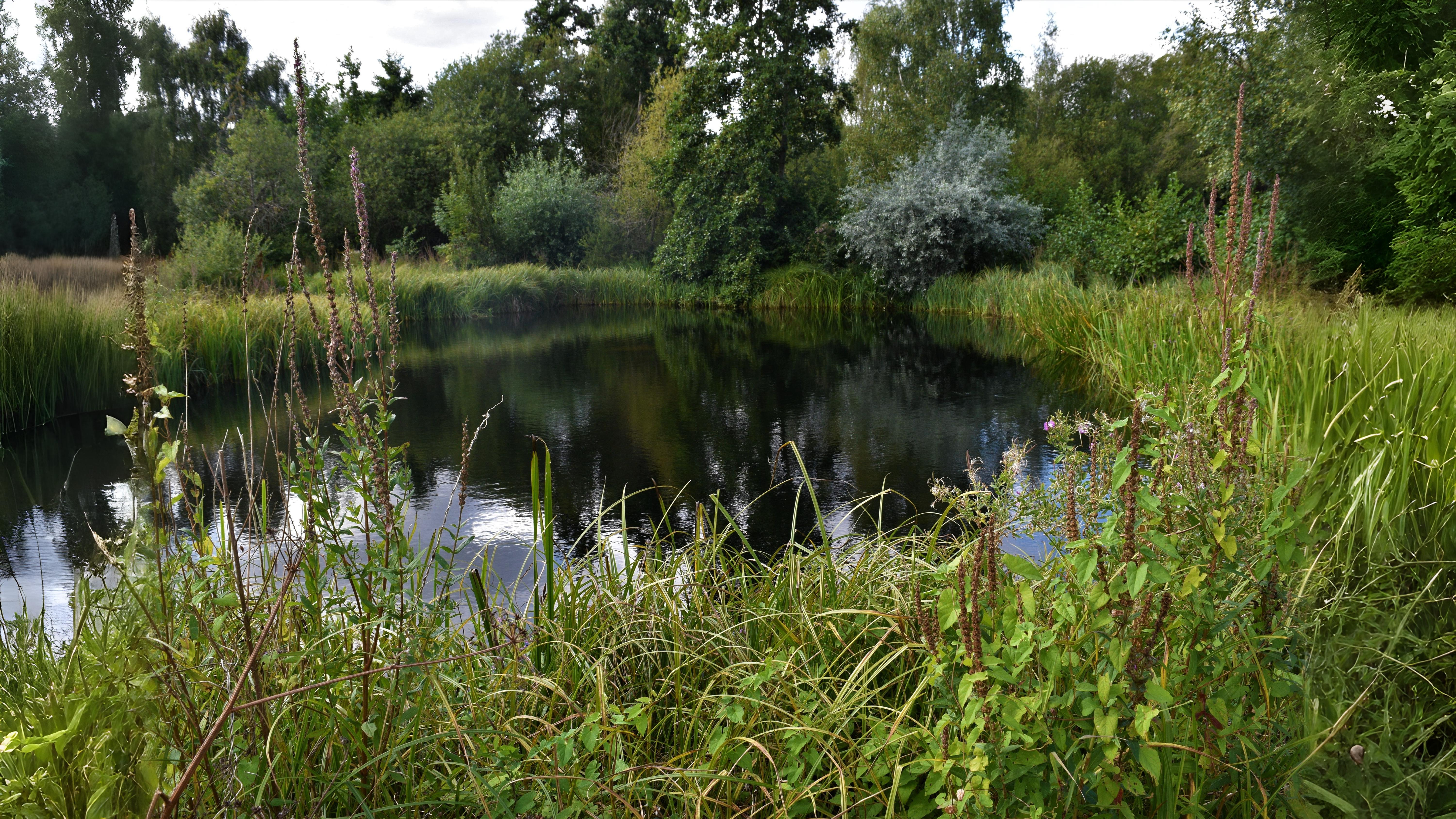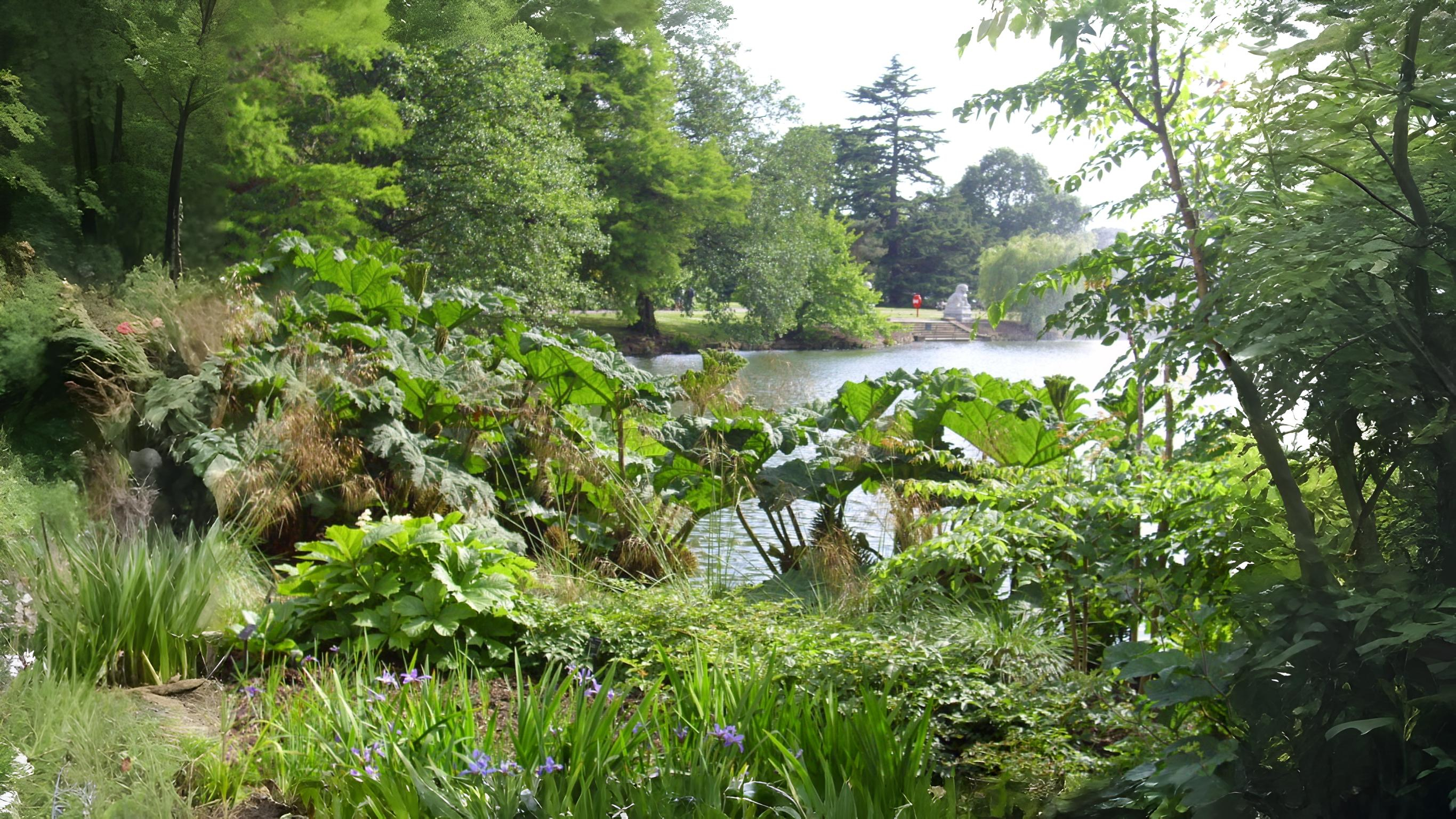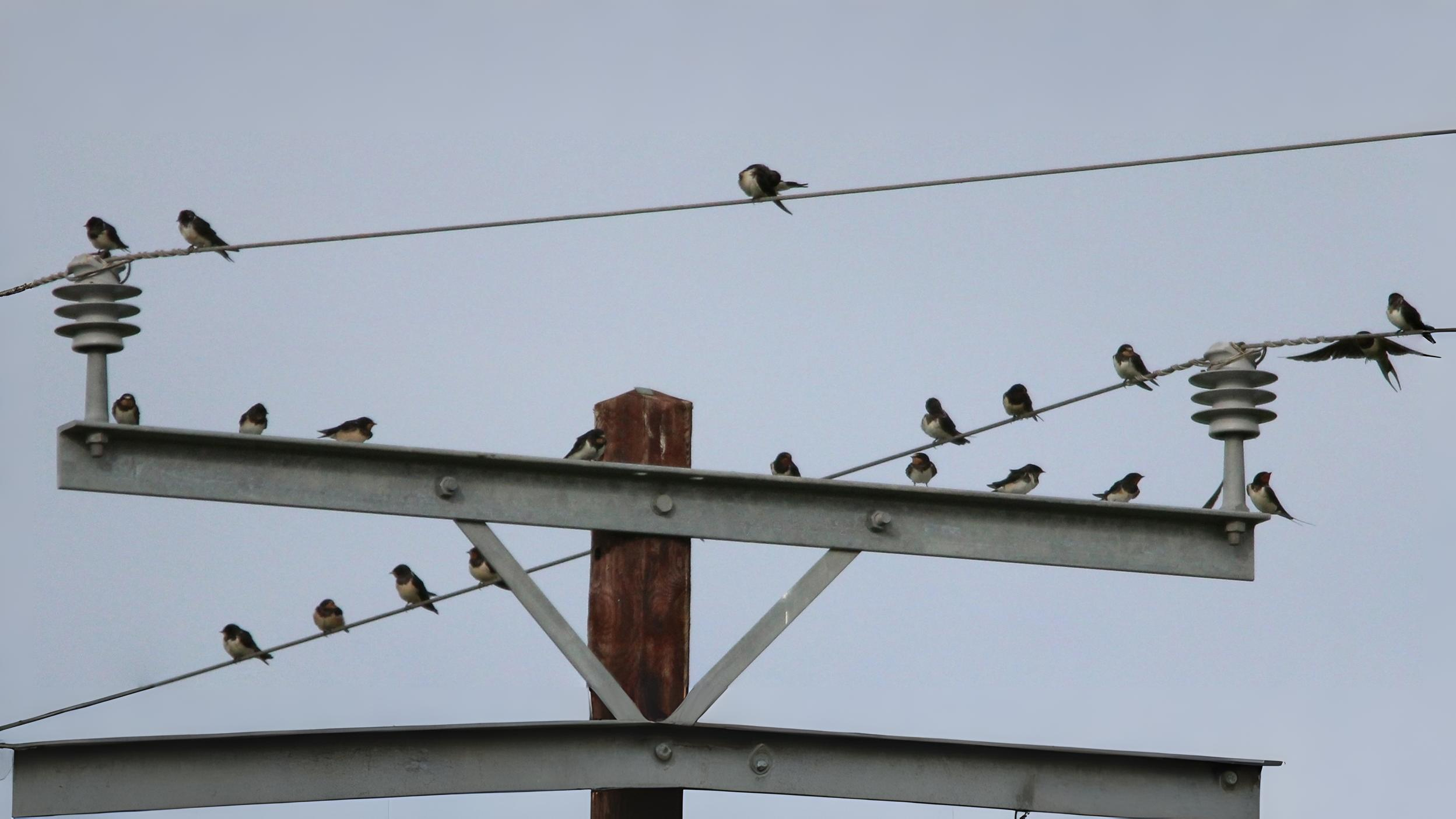
Join us for an insightful journey through the final days of summer, where every corner of nature is teeming with life and the first signs of autumn begin to appear. Whether you're a nature enthusiast or simply curious about the seasonal changes, this article will captivate and inspire you.


The month is also very floriferous but now the flowers are starting to be accompanied by seeds and fruits. Because of this it may be a good time to identify more troublesome groups of plants such as the umbellifers. One of the best places to look for plants now are marshes e.g. Walthamstow, and water meadows such as those near Runnymede and along the edges of rivers such as the Colne, Darent and Wandle. As a great number of wild marsh and aquatic plants have been introduced into Barnes wetland reserve this makes it an easy place to botanise with the minimum of effort.






Birds are now either preparing to migrate or hiding away during their eclipse. Consequently, the month is a quiet one when it comes to birdsong. Some young birds, especially if they are in flocks, are still quite vocal.



